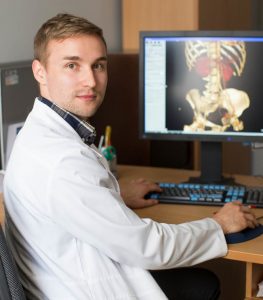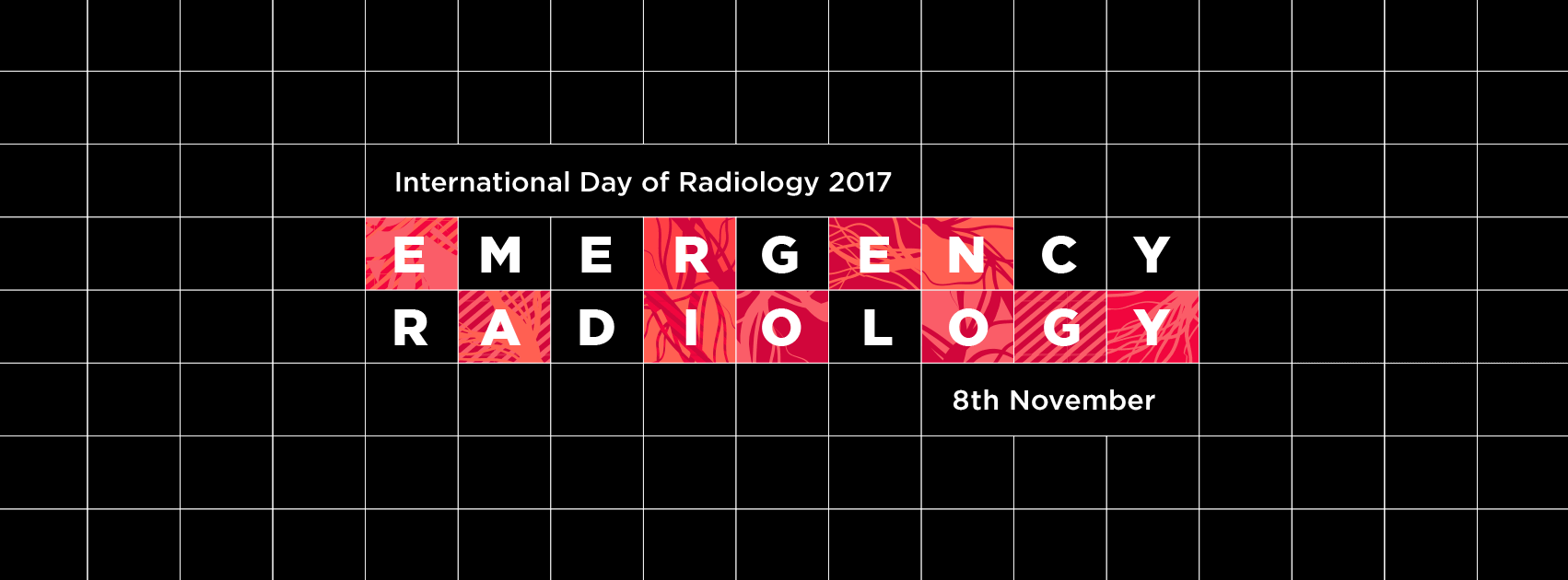Financial, structural and legal changes are necessary to improve radiology workflow, says Ukrainian radiologist
This year, the main theme of the International Day of Radiology is emergency radiology. To get some insight into the field, we spoke to Dr. Anton Nosov, MD, head of the radiology department at the Kyiv City Children’s Diagnostic Center in Kyiv, Ukraine
European Society of Radiology: Could you please describe the role of the radiologist in a typical emergency department in your country?
Anton Nosov: In our country, the role of a radiologist in the emergency department depends on situations outside of the hospital. Usually, radiologists are members of a multidisciplinary team, where they provide high quality, timely final readings for patients, which guarantees that decisions are made in consensus.
But everything changes in the case of extreme conditions, such as an unexpected military conflict (as we faced in eastern Ukraine) or other situations with enormous casualties (e.g. technogenic disasters or terrorist attacks). Such situations require rapid decision-making in conditions where there is a shortage of medical staff. In those cases, radiologists must draw quick conclusions directly from CTs or x-rays based on triage priority to ensure the survival of the most patients. This is a difficult job psychologically.

Anton Nosov, MD is a radiologist with a special clinical and research interest in emergency radiology.
ESR: What does a typical day in the emergency department look like for a radiologist?
AN: Of course, in the emergency department we face many cases every day, but the vast majority of them are trauma cases.
Trauma is a tremendous burden for hospitals and healthcare systems, affecting 135 million people worldwide annually. In Ukraine, the majority of these injuries are caused by motor-vehicle accidents, falls from heights and violent altercations.
The most pressing concern of any trauma team is stopping active haemorrhage, which is the most common cause of death in polytrauma patients.
Modern trauma management heavily relies on imaging, particularly CT scans. Most major centres now forego plain x-ray imaging in favour of diagnostic CT, which provides much higher sensitivity and can detect any active extravasation or bleeding. Our evidence suggests that well-timed use of CT increases the chance of survival in polytraumatised patients.
ESR: Teamwork is crucial in the emergency department. How is this accomplished in your department and who is involved?
AN: A multidisciplinary team is the only way to approach complex cases, such as polytrauma. We don’t have a fixed trauma team, but usually such a team consists of an anaesthesiologist, a radiologist, and a trauma surgeon or neurosurgeon. Trauma surgeons often serve as the case managers. The anaesthesiologist initiates ventilation of the patient; the radiologist interprets the imaging studies, and the trauma surgeon manages the case.
